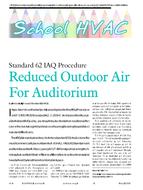This paper outlines the steps and measures taken in designing a positive energy residential building in a cold climate. The design team was given a fixed set of occupant schedules and zone characteristics to design with. Several energy modeling tools were employed early on in the design process to identify the best passive strategies that meet the building loads. The envelope thermal properties were optimized by utilizing GenOpt tool. In the next step, natural ventilation controls were optimized based on the ambient air temperatures and wind-driven ventilation potential. After reducing the building loads to an optimal value and leveraging the internal gains at different times of the year, the energy needs of the building were met by solar PV panels and wind turbines. Initial envelope optimization resulted in approximately 80% reduction of the total energy use intensity (EUI) to 34 kWh/m2, which meets the Architecture 2030 challenge requirements. The key strategies to meet this low EUI were high efficiency ground source heat pump (GSHP), air heat recovery, PV and wind production. This paper discusses the lessons learnt and the applicability of the tools to create a smooth workflow for the design of a positive energy house.
Citation: ASHRAE/IBPSA-USA Bldg Simulation Conf, 2016
Product Details
- Published:
- 2016
- Number of Pages:
- 8
- Units of Measure:
- Dual
- File Size:
- 1 file , 3.3 MB
- Product Code(s):
- D-BSC16-44


